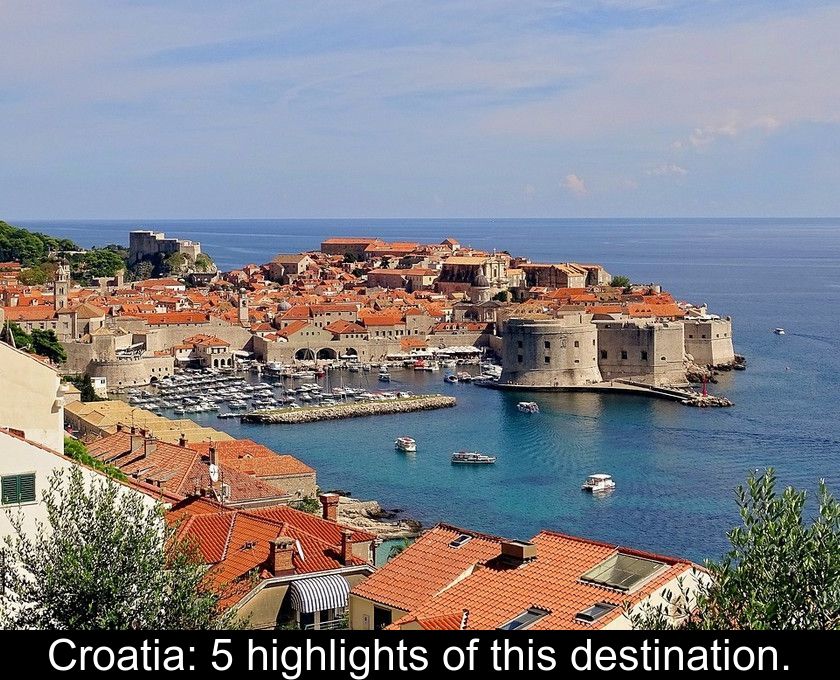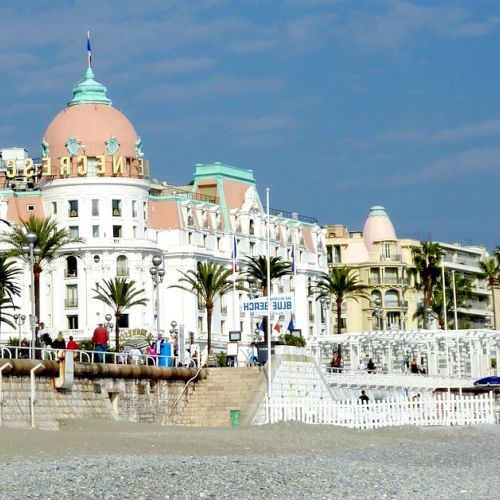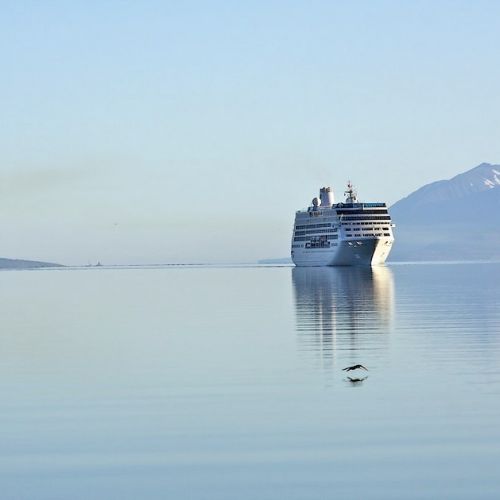Croatia: 5 Highlights Of This Destination.
Croatia is increasingly attracting French tourists thanks to its pleasant climate, exceptional fauna and flora, and architecture influenced by Byzantine and Italian styles. The most attractive sites are located on the coasts, in Zagreb, the capital, and around the city of Dubrovnik. We have listed for you 5 highlights of this destination: must-see attractions not to be missed!
1- An exceptional natural setting.
Croatia stretches from the eastern end of the Alps to the coast of the Adriatic Sea, passing through the mountain range of the Dinaric Alps, which gives this destination a great diversity of landscapes.
This country offers an exceptional natural setting, protected by no less than eight national parks (in Paklenica, Plitvice, Risnjak, Brijuni, Mljet, Kornati, Krka and Velebit). The Plitvice Lakes are remarkable, as well as the characteristic underwater fauna and flora of the western Mediterranean.
If you dream of seaside or island vacations, know that the Croatian coast has 698 islands, 47 of which are inhabited. Bathed by the turquoise waters of the Adriatic, the islands of the Dalmatian coast are real jewels, still preserved from mass tourism.
2- Impressive architecture.
The architecture of some tourist sites in Croatia is another highlight of this destination, too often reduced (wrongly) to resorts with all-inclusive packages...
The fortified city of Dubrovnik, located in the south of the Dalmatian coast, is a popular tourist destination in this country. Visiting the walls of Dubrovnik allows you to appreciate a magnificent panorama over the roofs of the city and the Adriatic Sea.
The amphitheater of Pula, built in the 1st century, has been enlarged and restored. It still welcomes audiences today for theater performances or festivals. This very impressive monument has a perfectly preserved outer enclosure on three levels.
3- World Heritage Cities.
The Croatian city of Split is unique in that it was built inside and around the Palace of Diocletian. This palace, constructed by Emperor Diocletian in Dalmatia (present-day Croatia) as a fortified imperial residence for his retirement after abdicating in 305, is one of the best-preserved buildings from late antiquity. Along with the Cathedral of Saint Domnius in Split, it has earned the city a place on the UNESCO World Heritage list.
But Split is not the only Croatian city to be recognized by UNESCO. Trogir, located 27 kilometers west of Split, is a port town on the Adriatic coast whose buildings represent 2,500 years of architecture. Its numerous palaces, churches, and island fortress have been designated a World Heritage site since 1997. The medieval historic center of Trogir, dating back to the 13th century, is even the best-preserved Romanesque-Gothic urban complex in central Europe. The most notable monument in the city is the Cathedral of Saint Lawrence.
4- Remarkable churches
Architecture enthusiasts will also find remarkable buildings to visit in Croatia. The St. James Cathedral in Sibenik, inscribed by UNESCO as a World Heritage Site since 2000, features an extraordinary architecture, including a dome roof and Renaissance-style facade elements.
The Euphrasian Basilica in Porec is distinguished by its apse covered with a Mosaic with a gold background.
5- Dream Islands
The last of the 5 strengths of Croatia, but not the least, lies in the beauty and diversity of the islands of the Dalmatian coast.
The island of Hvar is undoubtedly one of the most beautiful tourist sites in the country. You will find a rich heritage dating back to Greek Antiquity (3rd century BC) and an enchanting setting with a very mild and pleasant climate all year round.
The north coast of the island is dotted with idyllic coves, perfect for swimming and mooring pleasure boats. If the island has a festive reputation, the town of Hvar is worth a visit for its many Gothic and Renaissance buildings, including the Spagnola fort built by the Venetians and the Napoleon fort.
In a different style, the island of Korcula will dazzle you with its Renaissance palaces, witnesses of Venetian influence, but also with its ramparts and monumental gate. Korcula (nicknamed little Dubrovnik) also offers miniature coves on the south coast where you feel alone in the world...
Finally, the island of Mljet is a haven of wild nature. Its hills covered with Aleppo pines and evergreen oaks are partly protected by a national park. This very little urbanized island also houses one of the rare sandy beaches in Croatia and two lakes with remarkable purity. Isolated on an islet, a 12th-century Benedictine monastery seems to float on the water, making Mljet a magical stop!











